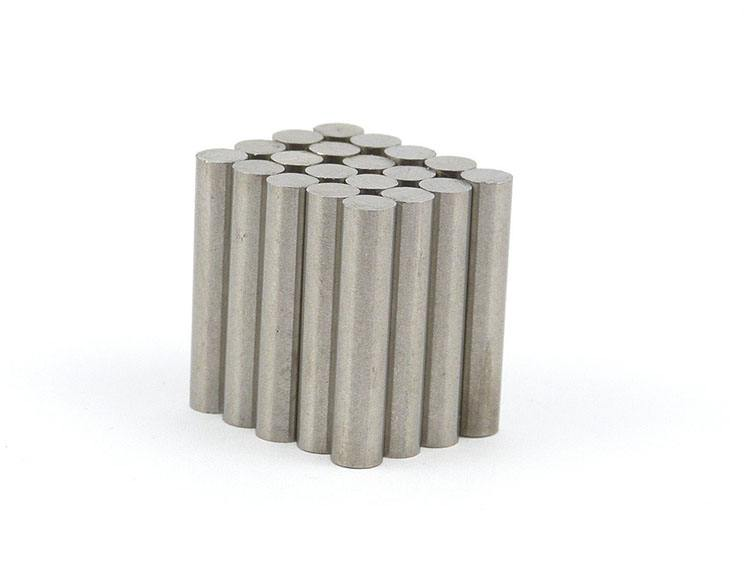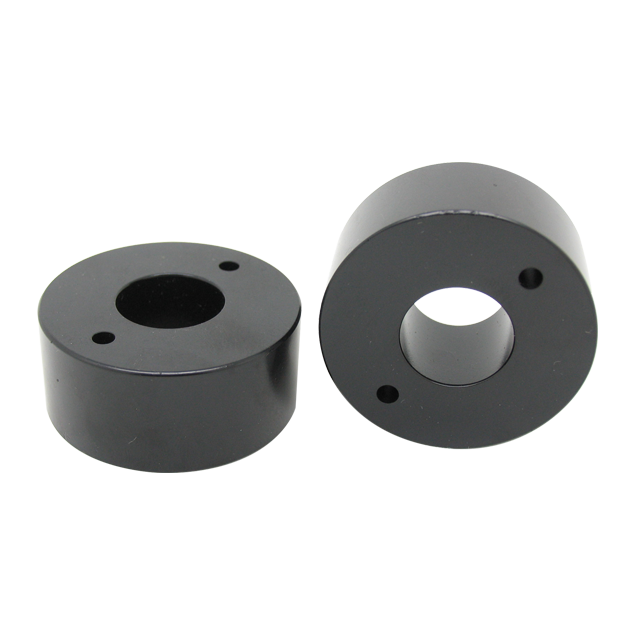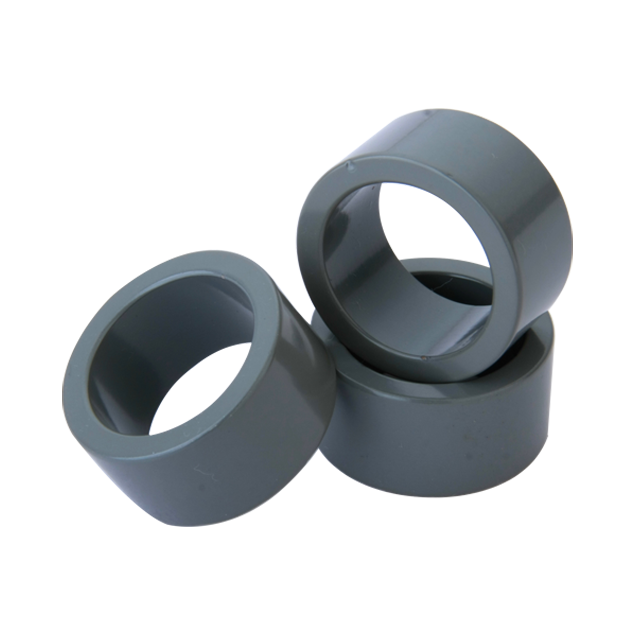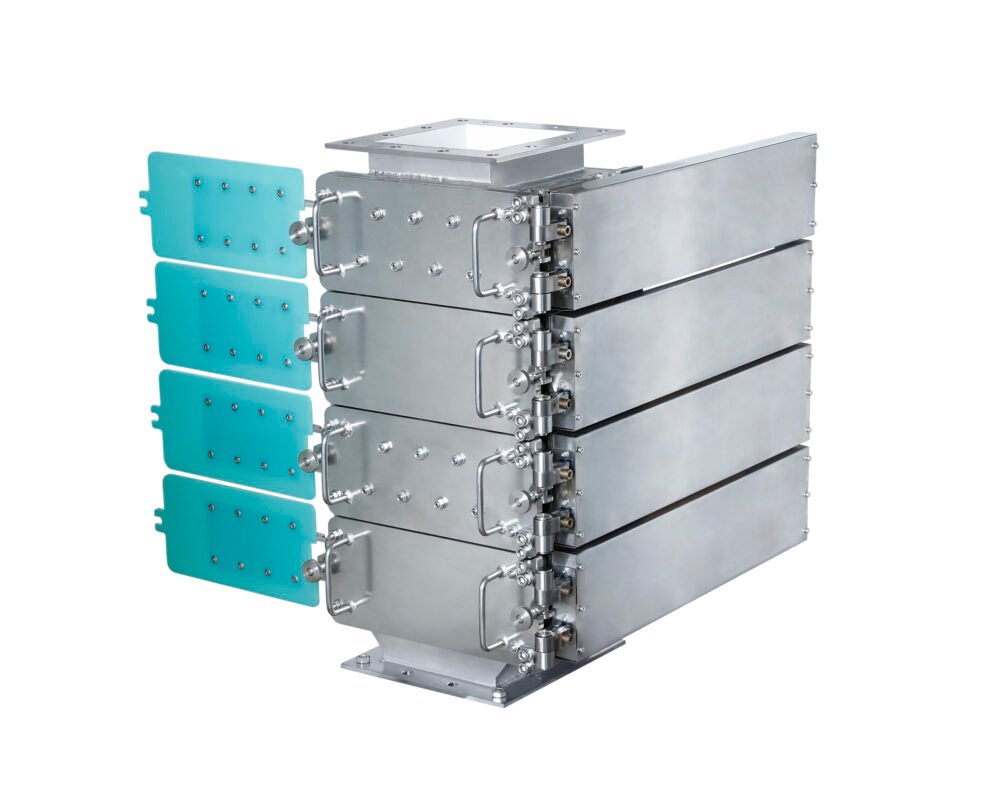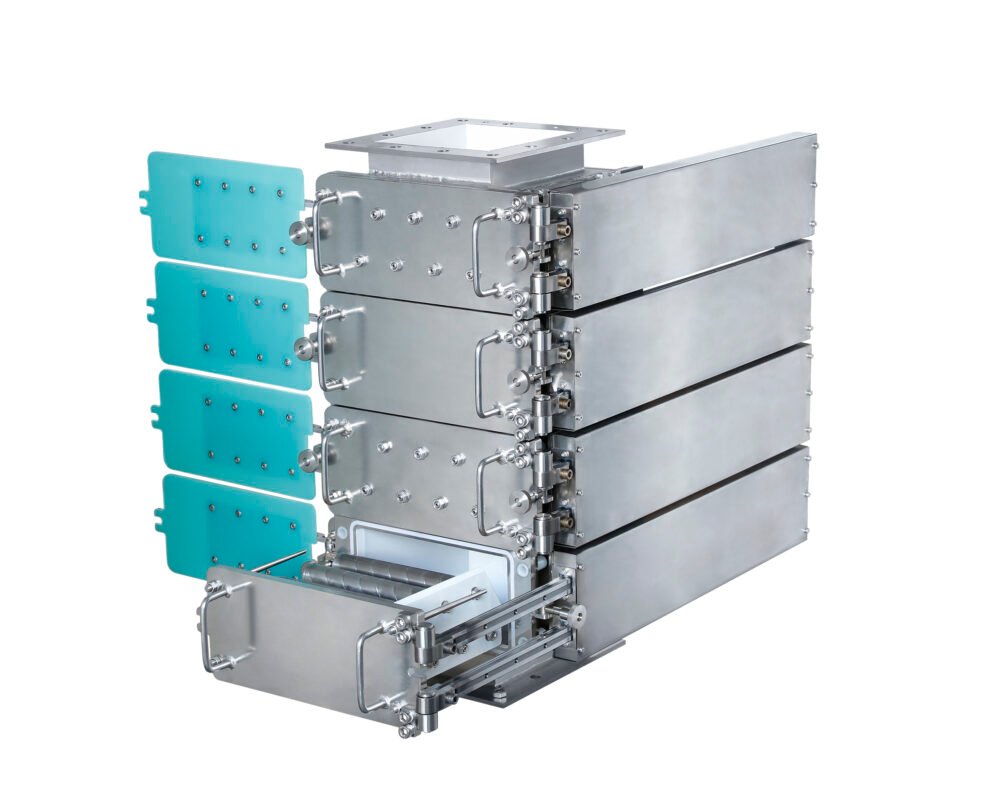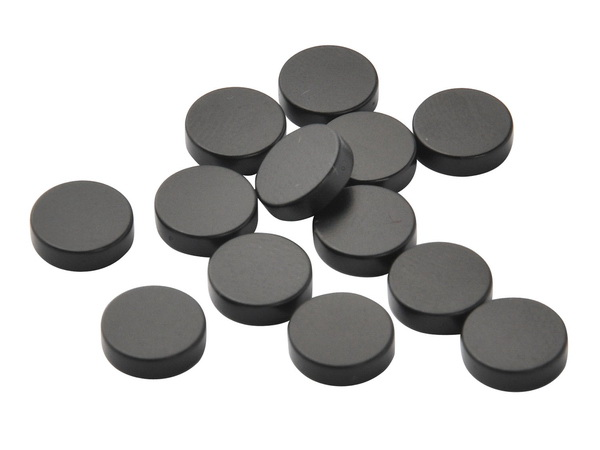New Trends in the Recycling Industry
The extraction of metals from waste for reuse and other purposes is gradually gaining importance. As raw materials become increasingly scarce and landfill disposal costs continue to rise, the demand for recycling metals from waste has significantly increased in the market.
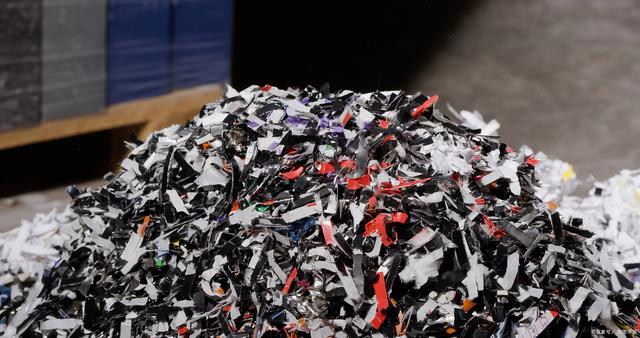
Challenges in the Recycling Sector
The demand for secondary raw materials or recycled resources continues to rise. This trend is fully reflected in the push for United Nations climate goals and the pursuit of a circular economy. Effective material recovery and recycling are now integral to reducing waste and ensuring resource efficiency in various industries.
Magnetic Separation Technology in Recycling: Magnetic separation technology, a process that uses magnetic force to remove ferrous materials from non-ferrous metals, is widely applied across various recycling processes, including glass, plastics, rubber, scrap metals, and electronic waste. It plays a crucial role in distinguishing ferrous from non-ferrous metal fragments, ensuring that materials are efficiently sorted for further processing.
In recycling applications, magnetic separation is invaluable for sorting a wide range of materials such as aluminum, copper, stainless steel, and even materials with weak magnetic properties. This technology is particularly effective in material recovery facilities (MRFs), where large volumes of mixed waste need to be separated into distinct material streams, including ferrous metal.
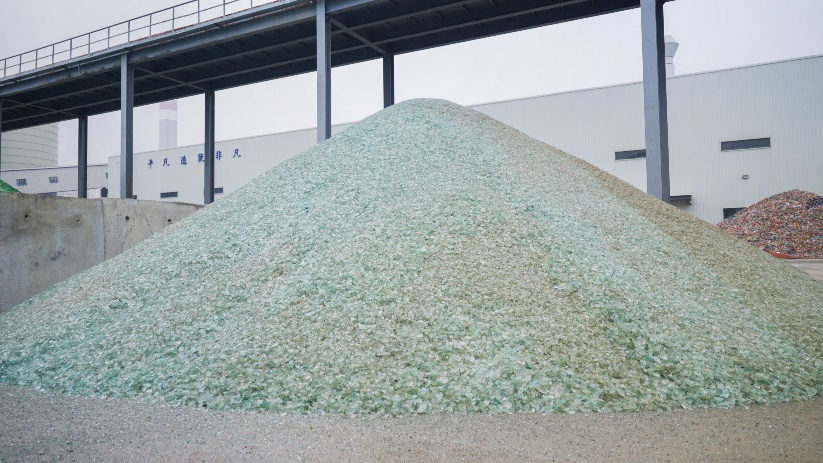

The Importance of Magnetic Separators in Recycling
Magnetic separators are among the most reliable mechanical devices used to recover metal fragments from large volumes of waste. Their separation process is both simple and efficient, able to easily separate ferrous metals from non-ferrous materials, including even weak magnetic properties materials. These separators are particularly effective in recycling applications, where large quantities of mixed materials are processed.
The robust and durable design of magnetic separators ensures excellent separation performance. These separators can efficiently remove ferrous contaminants such as ferrous material and stainless steel from other recyclable waste streams. The recycling industry favors magnetic separation equipment due to its powerful processing capacity, low maintenance costs, simple structural design, and the strong magnetic field effects that help attract ferrous materials.
Magnetic separators, such as drum magnets and eddy current separators, are commonly used to separate ferrous metal from other materials on the conveyor belt or within material recovery facilities (MRFs). These systems effectively remove and categorize magnetic materials from any non-magnetic substances, making them an invaluable tool in the recycling process. By integrating these separators into the product flow, facilities can ensure a more streamlined operation, enhancing the quality of recycled materials and improving overall efficiency.

